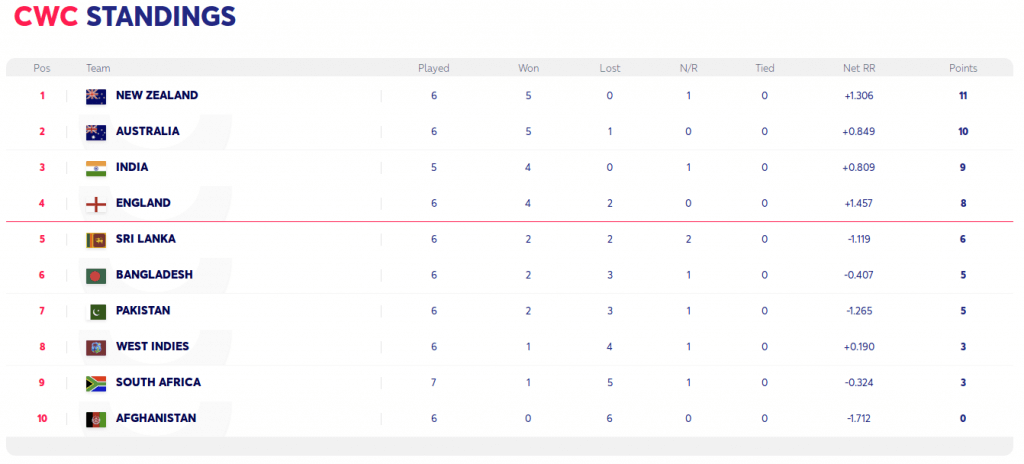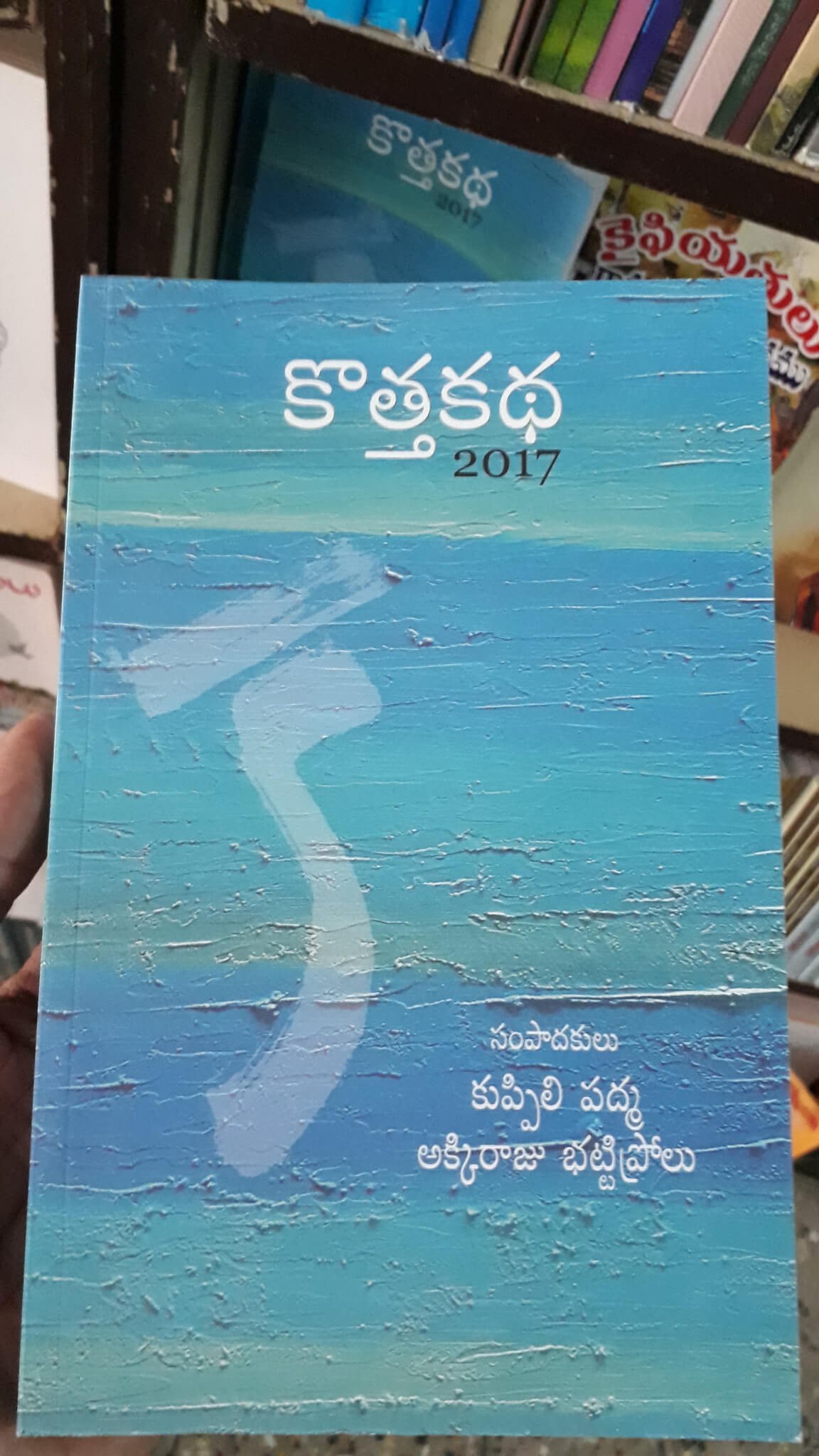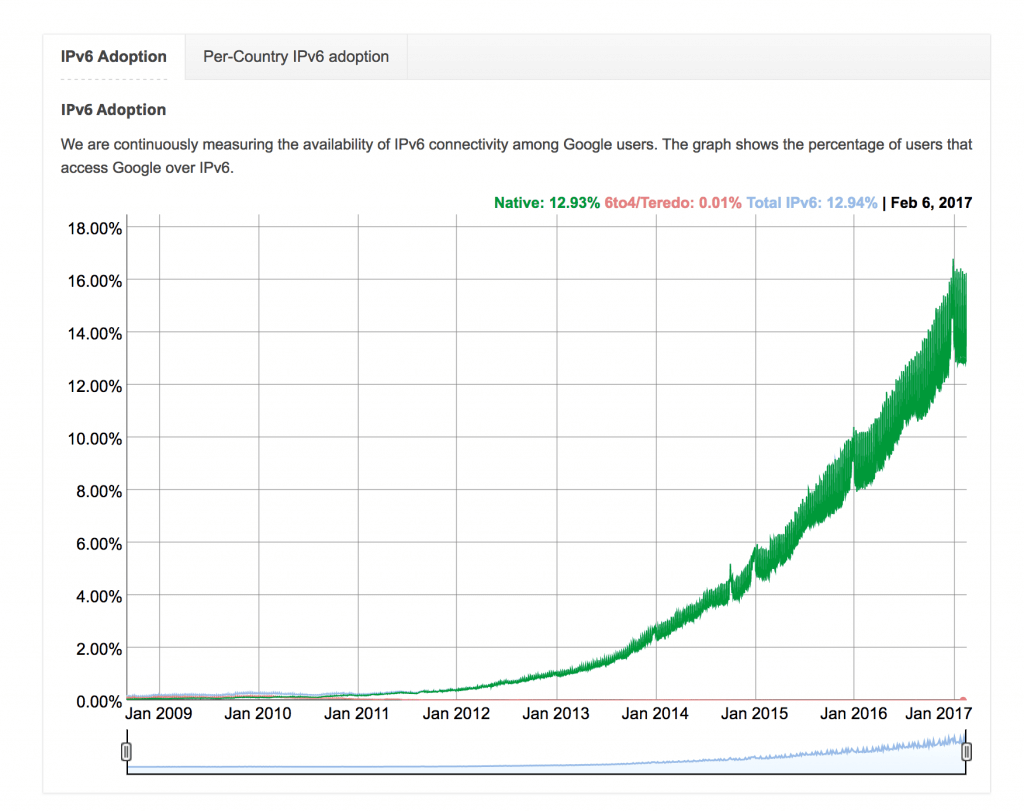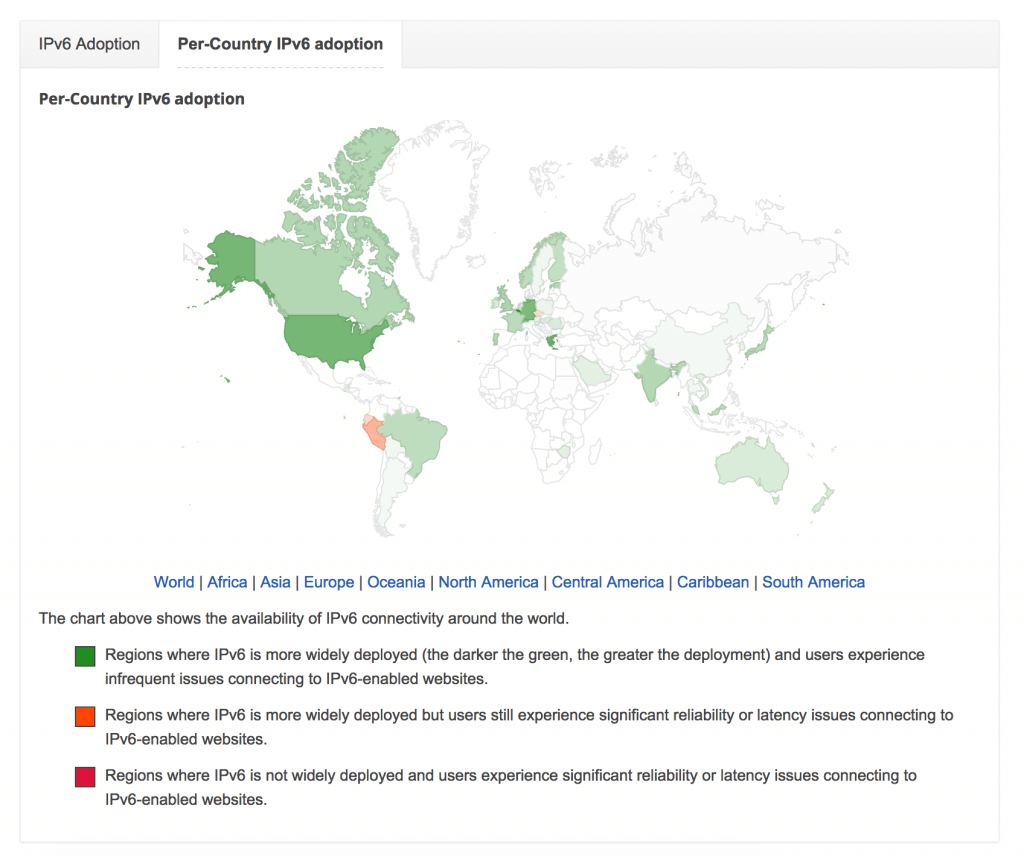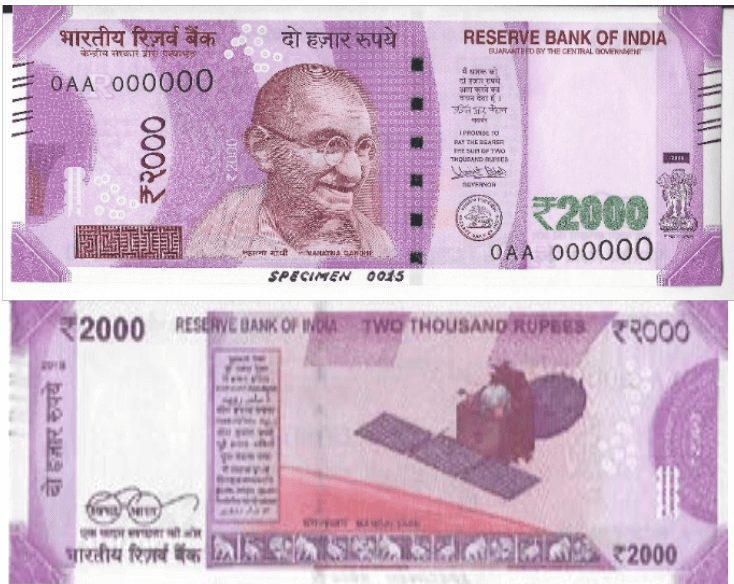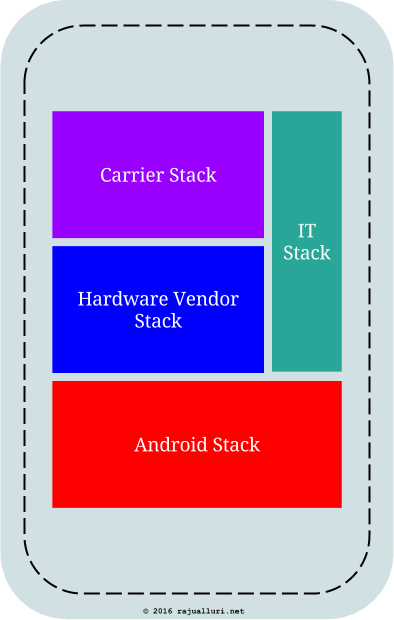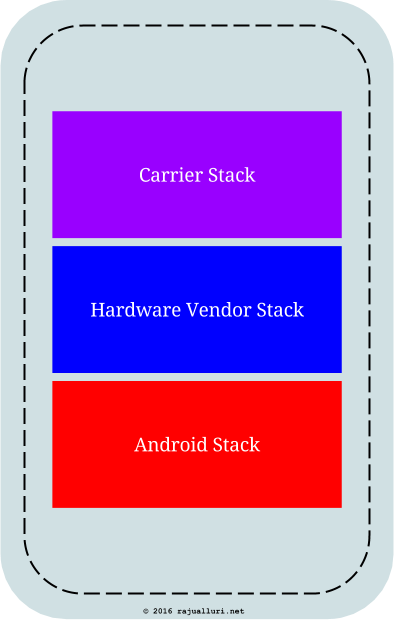à°…à°•à±à°•à°¿à°°à°¾à°œà± à°à°Ÿà±à°Ÿà°¿à°ªà±à°°à±‹à°²à± – తొంà°à°¯à±à°¯à°µ దశకంలో సెంటà±à°°à°²à± యూనివరà±à°¸à°¿à°Ÿà±€ రోజà±à°²à±à°¨à±à°‚à°¡à±€ పరిచయం, à°…à°Ÿà±à°¤à°°à±à°µà°¾à°¤à°¿ అమెరికా రోజà±à°²à±à°²à±‹ తనతో మంచి à°¸à±à°¨à±‡à°¹à°‚. తనౠకà±à°ªà±à°ªà°¿à°²à°¿ పదà±à°® గారితో కలిసి సంకలనం చేసిన “కొతà±à°¤ à°•à°¥ 2017” చదివానà±. చదివానౠఅనడం కంటే, à°à°•à°¬à°¿à°—à°¿à°¨ చదివానౠఅనడం కరెకà±à°Ÿà±. కొతà±à°¤ à°•à°¥ 2017 లోని కథల à°—à±à°°à°¿à°‚à°šà°¿, నా à°…à°à°¿à°ªà±à°°à°¾à°¯à°‚:
à°¬à±à°°à°¦à°°à± ఆఫౠబంగారి – à°…à°•à±à°•à°¿à°°à°¾à°œà± à°à°Ÿà±à°Ÿà°¿à°ªà±à°°à±‹à°²à±: సమకాలీన à°¯à±à°µà°¤à±à°² ఆలోచనారీతిని à°•à°³à±à°³à°•à± à°•à°Ÿà±à°Ÿà°¿à°¨à°Ÿà±à°Ÿà±à°—à°¾ చూపించే à°•à°¥. లకà±à°·à±à°®à°¿ పాతà±à°° à°¦à±à°µà°¾à°°à°¾ Good Decision, Bad Execution à°…à°¨à±à°¨à°¦à°¾à°¨à±à°¨à°¿ సోదాహరణంగా చెపà±à°ªà°¿à°¨à°Ÿà±à°²à±à°—à°¾ నాకనిపించింది.
మెలకà±à°µ à°®à±à°‚దౠకల – అరిపిరాల సతà±à°¯ à°ªà±à°°à°¸à°¾à°¦à±: రియలిజానికీ, సరà±à°°à°¿à°¯à°²à°¿à°œà°¾à°¨à°¿à°•à±€ మధà±à°¯à°—à°¾ నడà±à°¸à±à°¤à±‚ పోయిన à°•à°¥. à°Žà°°à±à°°à°¦à°¨à°‚, మటà±à°Ÿà°¿ సింబాలిగà±à°—à°¾ కలసిన కలలాంటి à°•à°¥.
à°’à°• జీవితం… రెండౠకలల౅ – ఆకà±à°¨à±‚à°°à°¿ హాసనà±: à°ªà±à°°à±‡à°®à°‚టే à°¸à±à°¨à±à°¨à°¿à°¤à°¤à±à°µà°®à°¾ లేదా à°à°¯à°ªà±†à°Ÿà±à°Ÿà±‡à°‚తలా వెలà±à°²à±à°µà±†à°¤à±à°¤à±‡ à°à°¾à°µà°¾à°µà±‡à°¶à°®à°¾ అని ఆలోచింపచేసే à°•à°¥. రూప à°¨à±à°‚à°¡à°¿ రజనీగంధ వరకూ à°µà±à°¯à°°à±à°§à°®à°¯à°¿à°¨ రెండౠదశాబà±à°¦à°¾à°²à±à°²à±‹ అతనౠసà±à°¨à±à°¨à°¿à°¤à°¤à±à°µà°®à°‚టే à°à°®à°¿à°Ÿà±‹ తెలà±à°¸à±à°•à±à°¨à±à°¨à°¾à°¡à°¨à°¿ నాకనిపించింది – అతనౠపాప పకà±à°•à°¨ కూరà±à°šà±à°¨à±à°¨à°ªà±à°ªà±à°¡à±.
నలà±à°²à°—ాలి – à°à°—వంతం: à°’à°• మామూలౠదినచరà±à°¯ సందరà±à°à°¾à°¨à±à°¸à°¾à°°à°‚à°—à°¾ ఎలాంటి à°…à°¨à±à°à±‚à°¤à±à°²à±à°¨à°¿ కలిగిసà±à°¤à±à°‚దో చెపà±à°ªà±‡ à°•à°¥. à°•à°¥ ఆఖరà±à°²à±‹ అతడౠబైకౠమీద కాక ఆటోలోనో కాబà±â€Œà°²à±‹à°¨à±‹ వెళà±à°³à±à°‚టే ఇంకా బాగà±à°‚à°¡à±à°¨à°¨à°¿à°ªà°¿à°‚చింది.
ఇదà±à°¦à°°à± మంచివాళà±à°³ à°…à°¡à°²à±à°Ÿà± à°•à°¥ – జి. à°Žà°¸à±. రామà±à°®à±‹à°¹à°¨à±: పాతికేళà±à°³à°¨à±à°‚à°¡à°¿ సాఫà±à°Ÿà±â€Œà°µà±‡à°°à± ఫీలà±à°¡à±à°²à±‹ ఉనà±à°¨à°¾ కొంచెం మింగà±à°¡à±à°ªà°¡à°¨à°¿ (read మోడరà±à°¨à±) సందరà±à°à°¾à°² à°•à°¥. à°¸à±à°§à°¾à°•à°°à±à°¨à°¿ చూసి గొంగళిలో à°…à°¨à±à°¨à°‚ తింటూ వెంటà±à°°à±à°•à°²à±‡à°°à±à°¤à±à°¨à±à°¨à°¾à°¡à±‡à°®à°¿à°Ÿà°¿à°°à°¾ అనిపించిన à°•à°¥.
ఛోటి – హనీఫà±: చూపà±à°¡à± వేలà±à°•à°¿à°‚à°¦ బొటనవేలà±à°¨à°¿ పెటà±à°Ÿà°¿ బొటనవేలà±à°¨à°¿ పైకెగరేసిన à°…à°®à±à°®à°¨à°¿ à°…à°°à±à°§à°‚ చేసà±à°•à±‹à°²à±‡à°¨à°¿ à°…à°®à±à°® à°•à°¥ మనసà±à°¨à°¿ కొంచెం మెలిపెటà±à°Ÿà°¿à°‚ది.
à°«à±à°°à±†à°¨à°°à± లా విదా – కొలà±à°²à±‚à°°à°¿ సోమశేఖరà±: మెటీరియలిసà±à°Ÿà°¿à°•à± పనà±à°² మొగà±à°¡à°¿à°•à°¿, ఈసà±à°¥à°Ÿà°¿à°•à± à°à°¾à°µà°¾à°² పెళà±à°³à°¾à°¨à°¿à°•à±€ మధà±à°¯ నిలిచిన సాకà±à°·à°¿ చెపà±à°ªà°¿à°¨ మనసౠకథ.
వాటరౠఫà±à°°à°‚à°Ÿà± – à°•à±à°ªà±à°ªà°¿à°²à°¿ పదà±à°®: à°à°¡à°¿à°¯à°¾à°²à°œà±€à°¯à°¾, à°ªà±à°°à°¾à°•à±à°Ÿà°¿à°•à°¾à°²à°¿à°Ÿà±€à°¯à°¾ à°…à°¨à±à°¨ à°ªà±à°°à°¶à±à°¨ వచà±à°šà°¿à°¨à°ªà±à°ªà±à°¡à±? మనం à°à°¦à°¿ ఫాలో à°…à°µà±à°¦à°¾à°‚, మన పకà±à°•à±‹à°¡à± à°à°¦à°¿ ఫాలో అయితే బాగà±à°‚à°Ÿà±à°‚ది à°…à°¨à±à°¨ మీమాంస వచà±à°šà°¿à°¨à°ªà±à°ªà±à°¡à±? పొలిటికలౠకరెకà±à°Ÿà±â€Œà°¨à±†à°¸à± à°ªà±à°°à°¾à°®à±à°–à±à°¯à°¤à°¨à± à°—à±à°°à°¿à°‚à°šà°¿ ఆలోచింపచేసిన à°•à°¥.
వెలà±à°¤à±à°°à± నీడలౠ– కాకà±à°®à°¾à°¨à°¿ à°¶à±à°°à±€à°¨à°¿à°µà°¾à°¸à°°à°¾à°µà±: హిసà±à°Ÿà°°à±€ రిపీటà±à°¸à± అనిపించిన à°•à°¥. ఆతడి ఫాసినేషనౠకేవలం à°† వసà±à°¤à±à°°à°§à°¾à°°à°£ పైనేనా అనికూడా అనిపించింది.
à°•à±à°°à±€.పూ-à°•à±à°°à±€.à°¶. – కోడూరి విజయ à°•à±à°®à°¾à°°à±: రాచరికపà±à°•à°¾à°²à°‚నాటి కథతో వరà±à°¤à°®à°¾à°¨à°•à°¾à°²à°‚లోని పరిసà±à°¥à°¿à°¤à±à°²à°ªà±ˆ à°¸à±à°¨à°¿à°¶à°¿à°¤ à°µà±à°¯à°‚à°—à±à°¯à°¾à°¸à±à°¤à±à°°à°‚. కాకà±à°² సంà°à°¾à°·à°£ పెదాలపై à°šà°¿à°°à±à°¨à°µà±à°µà± తెపà±à°ªà°¿à°‚చింది.
తోలà±à°¬à±Šà°®à±à°®à°²à°¾à°Ÿ – కూనపరాజౠకà±à°®à°¾à°°à±: మారà±à°¤à±à°¨à±à°¨ సామాజిక అలవాటà±à°² నైపధà±à°¯à°‚లో అంతరించిపోతà±à°¨à±à°¨ కళల, అలమటించిపోతà±à°¨à±à°¨ కళాకారà±à°² à°•à°¥. మనలోని నిసà±à°¸à°¹à°¾à°¯à°¤à°¨à± నిశà±à°¶à°¬à±à°¦à°‚à°—à°¾ నిలదీసే à°•à°¥.
à°šà±à°¨à±à°¨à±€ – కె. వి. à°•à°°à±à°£à°•à±à°®à°¾à°°à±: మనచà±à°Ÿà±à°Ÿà±‚ జరà±à°—à±à°¤à±à°¨à±à°¨ సంఘటనలతో మనసà±à°¨à± మెలితిపà±à°ªà°¿à°¨ à°•à°¥. à°…à°µà±à°¨à± కదూ అనిపిసà±à°¤à±à°‚ది.
పెనà±à°¸à°¿à°²à± బాకà±à°¸à± – మహమà±à°®à°¦à± ఖదీరౠబాబà±: à°’à°• à°šà°¿à°¨à±à°¨ సంఘటన కొనà±à°¨à°¿ జీవితాలà±à°¨à°¿ ఇంతలా మారà±à°šà±‡à°¸à±à°¤à±à°‚దా అనిపించే à°•à°¥. విశà±à°µà°¨à°¾à°¥à± గారౠతీసిన ఆపదà±à°à°¾à°‚ధవà±à°¡à± à°—à±à°°à±à°¤à±Šà°šà±à°šà°¿à°‚ది.
కృషà±à°£ శోధ – మోహిత: à°à°¾à°µà±à°•à°¤ à°Žà°•à±à°•à±à°µà°—à°¾ ఉనà±à°¨ à°šà°•à±à°•à°¨à°¿ పదà±à°¯à°•à°¾à°µà±à°¯à°‚లో à°•à°¥ à°† వృకà±à°·à°¾à°²à±à°²à±‹à°¨à±‚, పొదలà±à°²à±‹à°¨à±‚, లతలà±à°²à±‹à°¨à±‚ గిరికీలౠకొడà±à°¤à±‚ ఉండిపోయింది. వారాలపై à°ªà±à°°à°¯à±‹à°—ాలౠబావà±à°¨à±à°¨à°¾à°¯à°¿ – శనివారాలకే à°à°¦à±‹ తేడాకొటà±à°Ÿà°¿à°‚ది రెండà±à°¸à°¾à°°à±à°²à±‚.
à°¦ డెడౠమానౠఈజౠగోయింగౠటౠసింగౠ– మహి బెజవాడ: à°®à±à°—à±à°—à±à°°à°¿ జీవితాలà±à°²à±‹à°¨à°¿ నాలà±à°—ో మనిషి జీవితపౠకాలిన కలలà±. à°®à±à°—à±à°—à±à°°à°¿à°•à±€ మూడౠరకాలà±à°—à°¾ కనిపించిన మనిషిలోని అంతరà±à°—à°¤ శూనà±à°¯à°ªà± ఆఖరి à°…à°¡à±à°—à± à°ˆ à°•à°¥.
à°¸à±à°¨à±à°¨à°¾à°²à± – మెరà±à°¸à±€ మారà±à°—రెటà±: కహానీ-2 సినిమా చూడకపోవటం వలà±à°²à°¨à±‡à°®à±‹, à°† వెనà±à°¨à°¾à°¡à±à°¤à±à°¨à±à°¨ à°¸à±à°¨à±à°¨à°¾à°² à°—à±à°°à°¿à°‚à°šà°¿ à°…à°°à±à°§à°‚ కాలేదà±. చైలà±à°¦à± à°…à°¬à±à°¯à±‚సౠపైన à°’à°• నిజాయితీ అయిన à°•à°¥.
మటà±à°Ÿà°¿ గోడలౠ– నాగేందà±à°° కాశీ: à°à±‚సేకరణ బాధితà±à°² జీవితాలà±à°²à±‹à°¨à°¿ చీకటి కోణాల à°•à°¥. మటà±à°Ÿà°¿à°¨à°¿ à°ªà±à°°à±‡à°®à°¿à°‚చేవాడి మనసà±à°¤à°¤à±à°µà°¾à°¨à°¿ à°—à±à°°à°¿à°‚à°šà°¿ బాగా రాసారà±.
à°¶à±à°°à±€à°®à°¤à°¿ సరà±à°Ÿà°¿à°«à°¿à°•à±‡à°Ÿà± – పూడూరి రాజిరెడà±à°¡à°¿: కామాలే తపà±à°ª à°«à±à°²à±à°²à±à°¸à±à°Ÿà°¾à°ªà±à°²à±à°²à±‡à°¨à°¿ ఒకానొక ఉదయపౠబిజీ జీవితంలోంచి ఊడిపడà±à°¡ à°šà±à°°à±à°•à±à°•à± హాసà±à°¯à°‚. గది à°Žà°‚à°¤ పెదà±à°¦à°¦à±‹ à°Šà°¡à±à°šà°¿à°¨à°ªà±à°ªà±à°¡à±‡ తెలà±à°¸à±à°¤à±à°‚దనేలా…
వికృతి – రాధిక: అడాలిసెంటౠవయసà±à°²à±‹à°¨à°¿ మనసౠపోకడల à°šà°¿à°¤à±à°°à±€à°•à°°à°£. బాహà±à°¯ సౌందరà±à°¯à°¾à°¨à°¿à°•à±€ అంతరà±à°—à°¤ సౌందరà±à°¯à°¾à°¨à°¿à°•à±€ సంబంధం లేదని తెలà±à°¸à±à°•à±à°¨à±à°¨ మనిషి మనసౠకథ యిది.
UNKNOWN – à°¸à±à°°à±‡à°·à±: à°à°¯à°¾à°¨à°•, à°à±€à°à°¤à±à°¸ రసపà±à°°à°§à°¾à°¨à°‚à°—à°¾ సాగిన à°¥à±à°°à°¿à°²à±à°²à°°à±. పాతà±à°°à°²à°¨à±à°¨à±€ మనకౠతెలిసిన unknown లే అవటంవలà±à°² సంà°à°¾à°·à°£à°²à± ఫాలో అవడానికి కొంచెం à°•à°·à±à°Ÿà°ªà°¡à°¾à°²à°¿.
కొనà±à°¨ తలà±à°²à°¿ – సింహాదà±à°°à°¿ నాగశిరీష: చీకటి బతà±à°•à±à°²à±à°²à±‹à°¨à°¿ గొలà±à°¸à±à°•à°Ÿà±à°Ÿà±à°¨à± ఎవరో ఒకరౠతెంపినపà±à°ªà±à°¡à± వచà±à°šà°¿à°¨ వెలà±à°—ౠరేఖ.
à°¸à±à°•à±‚పీ – శాంతిశà±à°°à±€: à°à°¾à°µà±‹à°¦à±à°µà±‡à°—ాలనౠశోషించే దారà±à°²à± మూసà±à°•à±à°ªà±‹à°¯à°¿à°¨ à°šà°¿à°¨à±à°¨à°¾à°°à°¿ ఆకà±à°°à±‹à°¶à°¾à°¨à°¿à°•à°¿ à°®à±à°—ింపౠà°à°®à°¿à°Ÿà°¿. à°šà°¿à°¨à±à°¨à°¿ à°•à±à°Ÿà±à°‚బాలà±à°²à±‹à°¨à°¿ మానసిక à°•à°²à±à°²à±‹à°²à°¾à°²à°¨à°¿ చూపించిన à°•à°¥.
à°“ హెనà±à°°à±€ à°¸à±à°Ÿà±‹à°°à±€ – వెంకటౠసిదà±à°¦à°¾à°°à±à°¥: మన à°•à°³à±à°³à±†à°¦à±à°°à±à°—à°¾ మూగపà±à°°à±‡à°®à°²à°¨à± చూడటం à°† à°ªà±à°°à±‡à°®à°¿à°‚à°šà°¡à°‚ à°•à°¨à±à°¨à°¾ à°•à°·à±à°Ÿà°®à±‡à°®à±‹ అనిపించే à°•à°¥.
చివరాఖరి à°®à±à°šà±à°šà°Ÿà±à°²à± - కొతà±à°¤à°•à°¥ 2017 లో నాకౠనచà±à°šà°¿à°¨ వాకà±à°¯à°¾à°²à°²à±‹ కొనà±à°¨à°¿:
- à°¬à±à°°à°¦à°°à± ఆఫౠబంగారి – “రాతà±à°°à°¿ సంసారానికి ఆనవాళà±à°³à± లేవని నమà±à°®à°•à°‚ కలిగాక”
- à°’à°• జీవితం… రెండౠకలల౅ – “à°•à°³à±à°³à°¤à±‹ నవà±à°µà°¿à°¨ రజనీగంధని పెదవà±à°²à°¤à±‹ నవà±à°µà°¿ పలకరించి”
- à°šà±à°¨à±à°¨à±€ – “శరీరానికి à°®à±à°–à°‚ ఉంటేనే మచà±à°š”, “à°…à°‚à°¦à±à°•à±‡ ఆమె à°šà±à°¨à±à°¨à±€à°¨à°¿ రీఇనà±à°µà±†à°‚టౠచేసింది”
- కృషà±à°£ శోధ – “ఆలసà±à°¯à°®à°¯à°¿à°¤à±‡à°¨à±‡à°‚, అమృతం అయినపà±à°ªà±à°¡à±”
- మటà±à°Ÿà°¿ గోడలౠ– “à°“ పకà±à°·à°‚ రోజà±à°²à± à°…à°²à±à°²à°°à±ˆà°¨à°¾ గానీ à°ªà±à°°à°œà°¾à°¸à±à°µà°¾à°®à±à°¯à°®à±‡ గెలిచింది. à°ªà±à°°à°œà°²à± ఓడిపోయార౔
మొతà±à°¤à°®à±à°®à±€à°¦ కొతà±à°¤à°•à°¥ – 2017 à°’à°• మంచి కథాసంకలనం. మనం కొనడానికి వెచà±à°šà°¿à°‚à°šà°¿à°¨ మూలà±à°¯à°¾à°¨à°¿à°•à±€, చదవడానికి వెచà±à°šà°¿à°‚à°šà°¿à°¨ సమయానికీ కూడా à°¨à±à°¯à°¾à°¯à°‚ జరà±à°—à±à°¤à±à°‚ది.
కొసమెరà±à°ªà±: కొతà±à°¤à°•à°¥-2017 లోని à°•à±à°ªà±à°ªà°¿à°²à°¿ పదà±à°®à°—ారి వాటరౠఫà±à°°à°‚టౠకథకౠఒకటో à°…à°§à±à°¯à°¾à°¯à°®à±‡ ఉంది, రెండవది లేదà±. à°…à°ªà±à°ªà°Ÿà°¿à°•à±‡ పదిహేడౠపేజీల à°•à°¥ అయింది. బాహà±à°¬à°²à°¿ సినిమానౠవిà°à°œà°¿à°‚à°šà°¿à°¨ à°ªà±à°°à±‡à°°à°£à°¤à±‹ రెండో à°…à°§à±à°¯à°¾à°¯à°‚ కొతà±à°¤à°•à°¥-2018 లో రాసà±à°¤à°¾à°°à±‡à°®à±‹.

